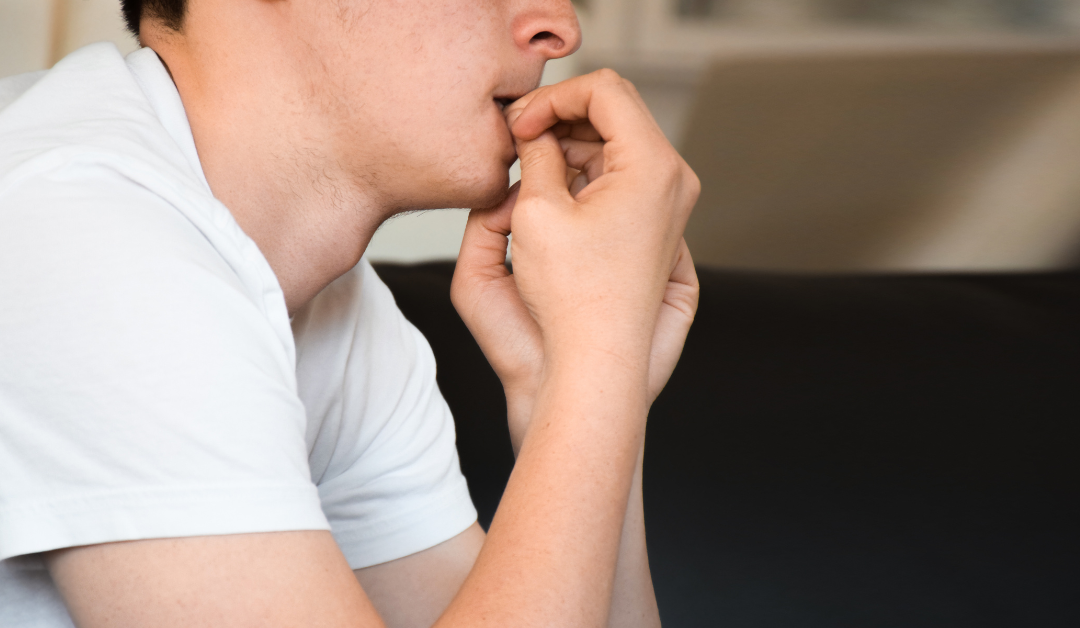Anxiety is a common mental health condition that affects millions of people worldwide. However, not all anxiety is the same. If you’ve ever wondered what are different types of anxiety, it’s important to understand that anxiety disorders come in many forms, each with unique characteristics and symptoms. In this article, we will explore the three main types of anxiety, the most common anxiety disorder, what crippling anxiety means, and the 333 rule for managing anxiety.
What Are the Three Main Types of Anxiety?
Anxiety disorders are generally categorized into different types, but three main types are commonly recognized:
- Generalized Anxiety Disorder (GAD): This is a chronic condition characterized by excessive worry and tension, even when there is little or no reason to worry. People with GAD often struggle with persistent anxiety about daily life events, work, relationships, or health.
- Panic Disorder: This type of anxiety involves sudden, intense episodes of fear known as panic attacks. These attacks can include symptoms like a racing heart, sweating, dizziness, shortness of breath, and a feeling of impending doom. Panic disorder can be debilitating and may cause individuals to avoid certain places or situations.
- Social Anxiety Disorder (SAD): Also known as social phobia, this condition involves an intense fear of social situations where one might feel embarrassed or judged. People with SAD may avoid public speaking, social gatherings, or even routine interactions due to overwhelming anxiety.
What Is the Most Common Form of Anxiety Disorder?
The most common anxiety disorder is Generalized Anxiety Disorder (GAD). This condition affects millions of people and is characterized by excessive, uncontrollable worry about everyday situations. Unlike situational anxiety, which may come and go, GAD persists for months or even years, affecting daily functioning and overall well-being. Symptoms of GAD include:
- Restlessness or feeling on edge
- Difficulty concentrating
- Muscle tension
- Sleep disturbances
- Fatigue
- Irritability
Many people with GAD seek treatment through therapy, medication, and lifestyle changes to manage their symptoms effectively.
What Is Crippling Anxiety?
Crippling anxiety is an informal term used to describe severe anxiety that significantly interferes with daily life. While not a clinical diagnosis, it is often associated with extreme symptoms that make it difficult to function in social, work, or personal settings. Characteristics of crippling anxiety include:
- Avoidance of everyday activities due to fear or worry
- Inability to complete tasks or make decisions due to overwhelming anxiety
- Frequent panic attacks
- Physical symptoms like nausea, dizziness, and trembling
- Feeling detached from reality (derealization or depersonalization)
Individuals experiencing crippling anxiety may benefit from professional intervention, including therapy, medication, and coping strategies tailored to their specific needs.
What Is the 333 Rule for Anxiety?
The 333 rule for anxiety is a simple grounding technique that helps bring individuals back to the present moment when experiencing anxiety or panic. The rule involves:
- Look around and name three things you see
- Identify three sounds you hear
- Move three parts of your body (such as your fingers, toes, or shoulders)
This technique is designed to shift focus away from anxious thoughts and re-engage with the surroundings. By practicing the 333 rule, individuals can regain a sense of control and reduce feelings of panic or distress.
Conclusion
Understanding what are different types of anxiety can help individuals recognize their own experiences and seek appropriate treatment. From Generalized Anxiety Disorder to Social Anxiety and Panic Disorder, anxiety presents itself in various ways, each requiring different approaches for management. Whether you’re dealing with common anxiety symptoms or struggling with crippling anxiety, knowing techniques like the 333 rule can provide relief. If anxiety is interfering with your daily life, seeking support from a mental health professional is an important step toward healing.
Contact
New Mexico
Phone: (505) 910-4070
Fax: (505)-910-4587
Address
New Mexico: 10409 Montgomery PKWY NE #202b Albuquerque, NM 87111
Kansas: 8700 Monrovia
Suite 310
Lenexa KS 66215


